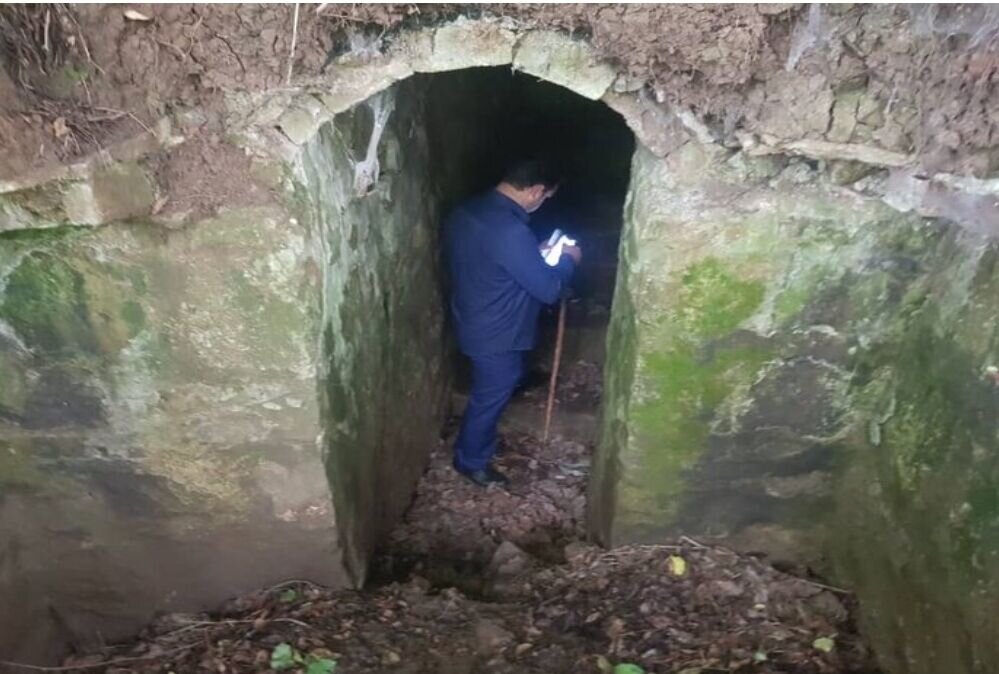Hand-dug tunnel to undergo restoration for tourism

TEHRAN—Gilan’s tourism chief has said a hand-dug passageway, accidentally discovered in the northern province, is set to be restored to become a tourist destination.
“The discovery of this tunnel is important in terms of history and tourism, and so far the studies of experts have brought good results,” Vali Jahani said on Tuesday.
A team of experts has commenced work to document, excavate, restore and meanwhile conduct further studies in the underground tunnel, Jahani said.
According to the official, further research and analysis should be conducted to answer questions such as the exact construction time of the tunnel, its usage in certain periods, as well as the way that construction materials and water were provided (by the original builders/users).
Having an approximate length of 700 meters, the tunnel is situated in Gol Sarak village. It is equipped with underground stairs, ammunition slums, soldiers’ rooms, etc., is stretched in the north-south direction, and it probably dates from the Qajar era (1794–1925).
Bounded by the Caspian Sea and the Republic of Azerbaijan on the north, Gilan, in the far past, was within the sphere of influence of the successive Achaemenid, Seleucid, Parthian, and Sassanid empires that ruled Iran until the 7th century CE.
Sophisticated Rasht, the provincial capital, has long been a weekend escape for residents of Tehran who are looking to sample the famous local cuisine and hoping for some pluvial action–it's the largest, and wettest town in the northern region. Gilan is divided into a coastal plain, including the large delta of Sefid Rud and adjacent parts of the Alborz mountain range.
AM
